Content Automation
Learn about the benefits, challenges, and the future of content automation.
 Content automation uses technology to create, manage, and distribute content and involves a wide range of tools that use artificial intelligence (AI), machine learning (ML), and natural language processing (NLP) to automate various aspects of content creation and distribution, including content creation, curation, optimization, and distribution.
Content automation uses technology to create, manage, and distribute content and involves a wide range of tools that use artificial intelligence (AI), machine learning (ML), and natural language processing (NLP) to automate various aspects of content creation and distribution, including content creation, curation, optimization, and distribution.
While there are some challenges associated with content automation, your business can mitigate these risks by implementing best practices and guidelines to stay ahead of the competition and deliver a better customer experience.
What Is Content Automation?
Content automation is a popular buzzword in the digital marketing world, referring to the use of technology to create, manage and distribute content.
The goal of embracing content automation is to streamline content production and distribution, reduce costs, and improve the overall quality of your content.
There are several types of content automation tools, each with its own set of functions.
Content creation tools use artificial intelligence and machine learning to generate text, graphics, and other multimedia content automatically. These tools analyze data and user behavior to produce relevant and engaging content that resonates with your target audience.
Content curation tools, on the other hand, collect and organize content from various sources to create a library of relevant and useful content for the audience. These tools can also automatically schedule and distribute your curated content on various platforms.
Content optimization tools use data analysis to identify content performance and suggest changes to improve engagement and conversion rates. These tools can also optimize content for search engines by suggesting keywords and improving readability and structure.
Finally, content distribution tools automate the process of sharing content on various platforms, such as social media, email, and websites. These tools can schedule and publish content automatically, freeing up your time to focus on creating new content.
To learn more about content automation tools, see these lessons:
- Content Research Tools
- AI Content Research Tools
- Headline Generating Tools
- Password Management Tools
- Content Production Tools
- Content Editing Tools
- Content Promotion Tools
- Media Creation Tools
- Image Creation And Editing Tools
- Video Creation And Editing Tools
- Media Editing Tools
- Search Optimization Tools
- Social Media Tools
How Does Content Automation Work?
Content automation works by utilizing a combination of artificial intelligence (AI), machine learning (ML), and natural language processing (NLP) technologies to create, manage, and distribute content.
AI is used to mimic human intelligence, such as learning from data and making predictions. It can analyze data to identify patterns and trends, which can help in generating relevant and engaging content.
Machine learning algorithms are used to train AI models to improve their accuracy and effectiveness over time.
NLP is used to analyze human language and generate human-like responses. It can be used to create text-based content, such as blog posts and social media updates, that sound like they were written by a human.
NLP can also be used to analyze existing content to identify keywords and optimize it for search engines.
Big data analytics plays a crucial role in content automation by analyzing vast amounts of data to identify patterns and trends. By analyzing user behavior and preferences, content automation tools can generate content that resonates with the target audience.
Big data analytics can also be used to track the performance of content and identify areas for improvement.
Content automation tools use various techniques and algorithms to automate different aspects of content creation and distribution.
For example, some tools use generative adversarial networks (GANs) to generate images and videos, while others use deep learning algorithms to create text-based content.
Some tools use sentiment analysis to analyze user feedback and improve content quality, while others use natural language generation (NLG) to create summaries, captions, and other types of text-based content.
Examples of content automation technologies include:
- GPT-3: a language generation AI model that can create human-like text-based content, such as articles and social media updates.
- Synthesia: a video creation tool that uses AI to automatically generate lifelike video content narrated by AI-powered synthetic humans.
- Adobe Experience Manager: a content management system that uses ML to automate content creation and optimization.
- Google Analytics: a web analytics tool that uses big data analytics to track content performance and identify areas for improvement.
- Hootsuite Insights: a social media monitoring tool that uses NLP to analyze user feedback and sentiment.
Overall, content automation uses a range of technologies to automate various aspects of content creation and distribution, improving efficiency, consistency, and quality. By leveraging these technologies, your business can create high-quality content that will resonate with your target audience while minimizing the time and resources required.
The Benefits Of Content Automation
Content automation offers many benefits, including increased efficiency and productivity, improved content quality and consistency, and enhanced audience engagement and conversion rates.
One of the main advantages of content automation is increased efficiency and productivity.
By automating various aspects of content creation and distribution, you can save time and resources that can be redirected to other areas of your business.
Content automation can also help you produce more content in less time.
This can be crucial if your business operates with extremely limited resources.
Another benefit of content automation is improved content quality and consistency.
By using AI and ML to analyze data and user behavior, you can create content that resonates with your target audience.
Content automation tools can also ensure consistency in branding and messaging across various platforms, helping your business to maintain a strong brand identity.
Content automation can also help to enhance audience engagement and conversion rates.
By generating relevant and engaging content, your business can attract and retain customers.
Automation tools can also help you optimize your content for search engines, social media, and other platforms, increasing the visibility of your content and driving more traffic to your website.
Finally, content automation can help you save time and money, while also delivering a better customer experience.
By automating content creation and distribution, you can reduce the need for manual labor and streamline your content production processes. This can help your business save money on labor costs and other expenses, while also delivering a more consistent and engaging customer experience.
Examples of businesses that have successfully implemented content automation include:
- Coca-Cola: used AI to create personalized content for its customers, resulting in a 10% increase in revenue. (Source: “Coca-Cola sees 10% revenue boost after personalising content with AI.” Econsultancy, 2018.)
- Netflix: the streaming giant uses AI to recommend content to its users, which has helped to increase engagement and retention rates. (Source: “How Netflix is using AI to better predict what you’ll like.” Wired, 2018.)
- Sephora: uses AI to personalize content for its personal care and beauty customers and improve their overall shopping experience. (Source: “How Sephora is leveraging AR and AI to transform retail and help customers buy cosmetics.” TechRepublic, 2018.)
- The New York Times: uses AI to generate article summaries and suggest content for its subscribers. (Source: “How The New York Times Is Using AI To Help Its Journalists.” Forbes, 2021.)
- IBM: uses AI to automate its content creation and distribution, resulting in a 75% increase in content production. (Source: “How IBM is using AI to create better content faster.” Think with Google, 2019.)
The Challenges Of Content Automation
While content automation offers several benefits to businesses, it also comes with its fair share of challenges.
Let’s explore some of the challenges of content automation and how your business can mitigate these risks.
One of the main challenges of content automation is the risk of producing low-quality content.
While AI and ML can help businesses to generate content quickly, the resulting content may not always be high quality or engaging for your target audience. This can lead to a decrease in audience engagement and a negative impact on your brand’s reputation.
To mitigate this risk, ensure that your content automation tools and technologies are properly calibrated to produce high-quality content.
Another challenge of content automation is the lack of control over the content creation process.
Automated content creation can sometimes result in content that does not align with your brand’s messaging or voice.
To address this, establish guidelines for content creation and regularly review and approve content generated by your automation tools.
Content automation also poses the risk of plagiarism and copyright infringement.
Automated content creation tools can sometimes inadvertently generate content that is similar to existing content, which can result in legal issues.
To mitigate this risk, ensure that your content automation tools are properly configured to avoid producing content that may infringe on copyright laws.
In addition, ensure that your business uses reputable sources for content curation and that your content is properly cited and attributed.
By taking these precautions, you can avoid legal issues and maintain your credibility with your audience.
Examples of businesses that have faced challenges with content automation include:
- Microsoft: the technology giant faced criticism after its chatbot Tay began producing offensive and inappropriate content due to inadequate content filtering. (Source: “Microsoft’s chatbot mess: What went wrong.” BBC News, 2016.)
- JPMorgan Chase: In 2013, JPMorgan Chase implemented an automated content generation system to create news stories related to financial markets. The system relied on algorithms to analyze data and generate reports. However, the system produced numerous errors in the news articles, including inaccurate information, misspellings, and nonsensical sentences. (Source: “The Rise of the Robot Reporter.” The New York Times, 2013.)
- The Washington Post: The Washington Post launched its Heliograf content automation system in 2016, which was designed to generate news articles automatically. However, the system faced criticism for producing stories that lacked nuance and failed to capture the human element of the news. (Source: “The Washington Post is automating news stories about the Olympics with Heliograf.” Nieman Lab, 2016.)
- Associated Press: The Associated Press (AP) began using automated content generation systems in 2014 to create articles about corporate earnings reports. The system was successful in generating thousands of articles in a short period of time. However, it faced criticism for producing articles that lacked insight and analysis. (Source: “How The Associated Press uses automation to create earnings reports.” Digiday, 2014.)
- Forbes: In 2018, Forbes launched a tool called Bertie, which used artificial intelligence to generate story suggestions for writers. However, the tool faced backlash from the writing community, who argued that it was replacing human creativity with machine-generated ideas. (Source: “Forbes Unveils Bertie, A Bot That Writes Articles Using AI.” Forbes, 2018.)
- Coca-Cola: Coca-Cola launched an automated content generation system called the AI-powered Content Creation Engine in 2019. The system was designed to generate social media content for the company’s brands. However, the system faced criticism for producing generic and uninteresting content that failed to engage consumers. (Source: “Coca-Cola launches AI-powered Content Creation Engine.” The Drum, 2019.)
Content Automation – Best Practices And Guidelines
While content automation can increase efficiency and reduce costs, it is important to follow best practices and guidelines to ensure that the content is high quality and effective in engaging the target audience.
Here are some best practices and guidelines for content automation:
- Define your audience: Before beginning any content automation project, it is important to define your target audience. This will help you tailor your content to their interests and preferences. For example, if your audience is millennials, you may want to focus on creating visually appealing content that can be easily shared on social media.
- Develop a content strategy: A content strategy should outline the goals, types of content, and distribution channels for your automation project. This can help ensure that your content is consistent and aligned with your overall business objectives.
- Use data to inform content creation: Data can be used to identify trends, insights, and gaps in your content. This can help you create more relevant and engaging content for your audience. For example, you can use analytics tools to identify which topics and formats are most popular among your audience.
- Ensure accuracy and quality: Automated content should be accurate and free of errors, such as misspellings and factual inaccuracies. To ensure quality, consider using human editors to review the content before it is published.
- Add a human touch: While automation can help increase efficiency, it is important to ensure that the content does not lose its human touch. Adding personalization, such as using a recipient’s name or providing customized recommendations, can help make the content more engaging and memorable.
In addition to the best practices and guidelines mentioned above, here are some additional tips for successful content automation:
- Understand the limitations of automation: While automation can be efficient and cost-effective, it is important to understand its limitations. Automation cannot replace human creativity and intuition, and it may not be suitable for all types of content. Consider the type of content you are creating and whether automation is the best approach.
- Optimize for SEO: Automated content should be optimized for search engines to ensure it is discoverable by your target audience. Use relevant keywords and meta descriptions to help improve search engine rankings.
- Monitor performance and make adjustments: Regularly monitor the performance of your automated content and make adjustments as needed. Use analytics tools to track engagement, clicks, and conversions, and make changes to improve performance.
- Ensure compliance with regulations and guidelines: If your automated content includes sensitive or regulated information, ensure that it complies with relevant regulations and guidelines. For example, if your content involves healthcare information, ensure that it meets HIPAA regulations.
- Continuously improve and iterate: Content automation is not a one-time project, but rather an ongoing process. Continuously evaluate and improve your content to ensure that it remains relevant and engaging to your audience.
The Future Of Content Automation
Content automation is rapidly evolving, and businesses need to stay up to date with the latest trends and innovations in the field to remain competitive.
One of the latest trends in content automation is the use of conversational AI, which allows your business to interact with your audience in a more natural and engaging way.
Conversational AI can be used to automate customer service and support, as well as to create personalized content for individual users.
Another emerging trend is the use of augmented and virtual reality technologies to create immersive content experiences for users.
In addition, businesses are increasingly using data analytics and AI to optimize their content for target audiences. By analyzing user behavior and engagement data, your business can gain insights into what types of content resonate with your audience and adjust your content creation and distribution strategies accordingly.
Looking ahead, we can expect content automation to continue to evolve and become more sophisticated. AI and ML technologies are likely to become more advanced, enabling businesses to create highly personalized and engaging content for their audience.
In addition, we can expect to see the integration of content automation with other emerging technologies, such as blockchain and the Internet of Things (IoT), to create even more innovative content experiences.
To prepare for these changes, your business should invest in the latest content automation tools and technologies, and ensure that your team is trained on how to use these effectively.
You should also stay up to date with the latest trends and innovations in your field and be prepared to adapt new content strategies accordingly.
Examples of businesses that are leading the way in content automation include:
- HubSpot: the marketing automation platform offers a suite of content automation tools, including content creation, optimization, and distribution.
- Grammarly: the writing assistance tool uses AI to analyze and improve the quality of written content, helping writers to create more effective and engaging content.
- Salesforce: the customer relationship management (CRM) platform uses AI and ML to personalize content for individual users and optimize content for target audiences.
Content Automation – FAQs
Here are frequently asked questions about content automation:
What is content automation?
Content automation involves using software to handle repetitive content-related tasks, ensuring adherence to brand guidelines, and enhancing overall content quality and consistency.
How does content automation work?
The process uses a combination of algorithms, tools, and sometimes human oversight to manage and streamline the creation, management, and publication of digital content. It automates tasks like data collection, content creation, and updates.
What are the benefits of content automation?
Content automation saves time, reduces human error, ensures brand consistency, and can improve the scalability of content operations. It allows creators to focus on more strategic tasks such as content planning and analysis.
What types of content can be automated?
Nearly any type of repetitive content tasks can be automated, including social media posts, email marketing campaigns, content updates, and even content personalization for different audiences.
Is content automation expensive?
The initial setup can be costly depending on the complexity of the tasks to be automated and the software used. However, the long-term benefits often offset these initial costs by improving efficiency and reducing the need for manual labor.
Can content automation affect SEO?
Yes, when done correctly, content automation can positively impact SEO by ensuring consistent and timely updates, and by helping to target content based on keyword research and SEO trends.
What are the challenges of implementing content automation?
Challenges include the complexity of setting up systems, the need for continuous updates and maintenance, integrating with existing technologies, and ensuring that automated content still meets quality and relevance standards.
Summary
Content automation can help your business to create and distribute high-quality content efficiently and effectively. While there are some challenges associated with content automation, your business can mitigate these risks by implementing best practices and guidelines.
By embracing content automation, your business can stay ahead of the competition and deliver a better customer experience.
The future of content automation looks bright, with new trends and innovations emerging all the time. By staying up to date with the latest developments in the field, your business can take advantage of these emerging technologies to create more engaging and personalized content for your audience.
Resources
Click on the links below to explore additional ways to automate all content-related areas of your business:

Content Planning Automation

Content Production Automation

Content Promotion Automation

Content Management Automation
***
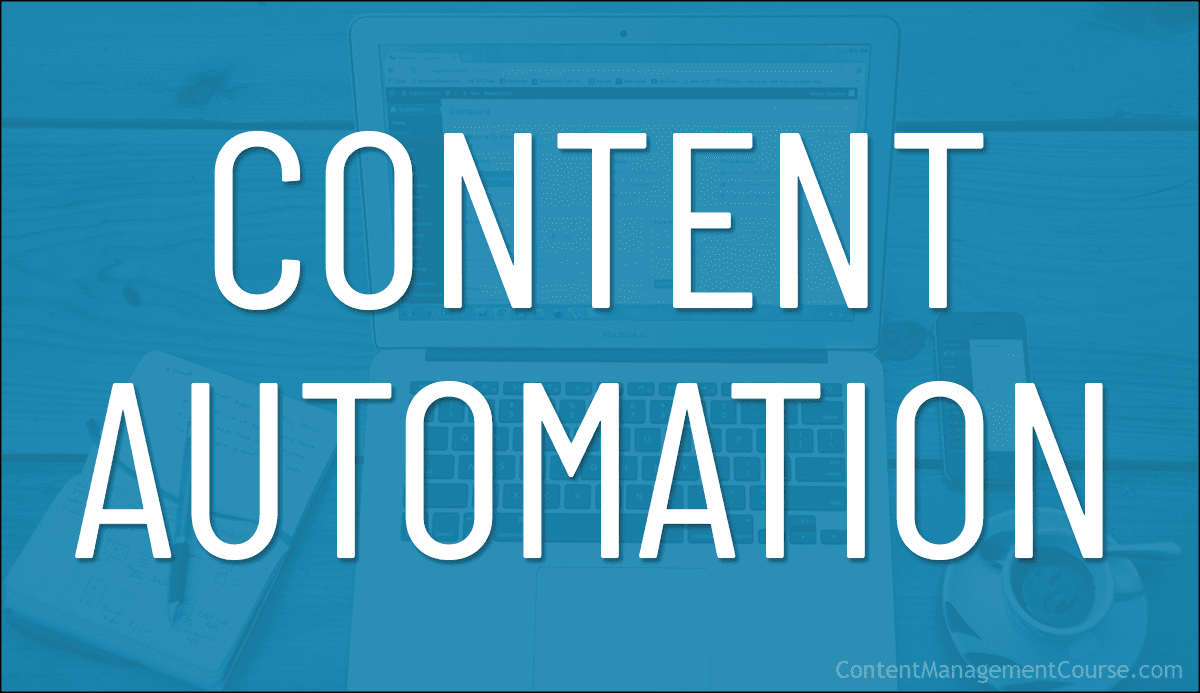
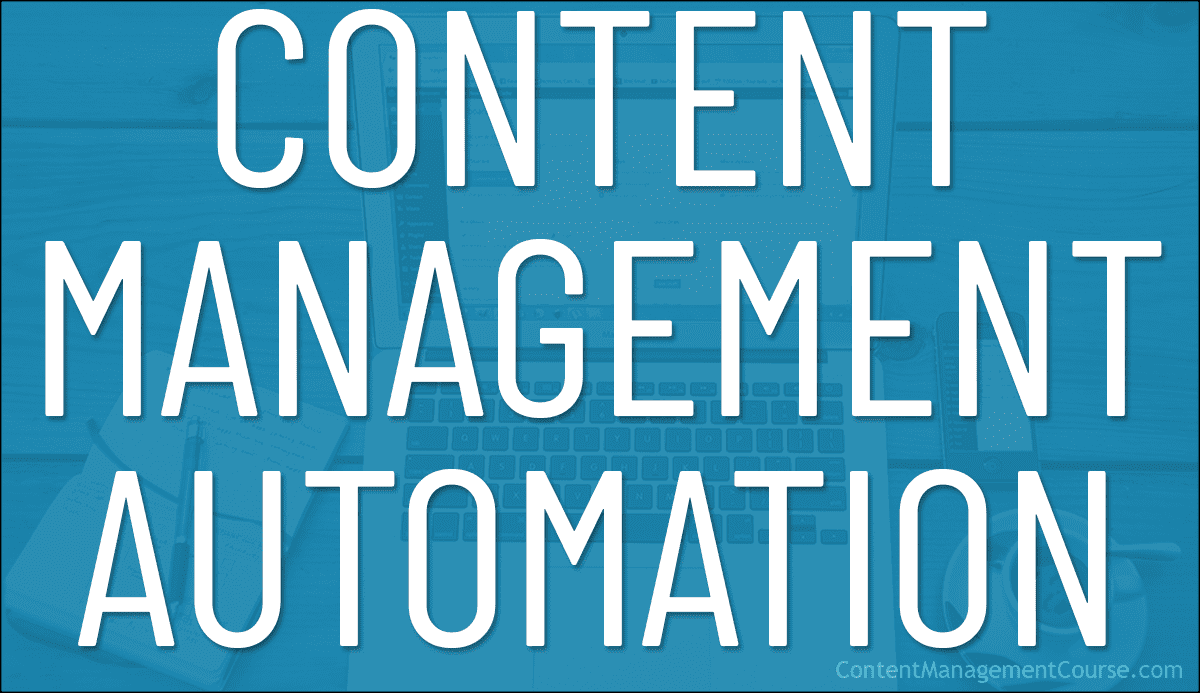

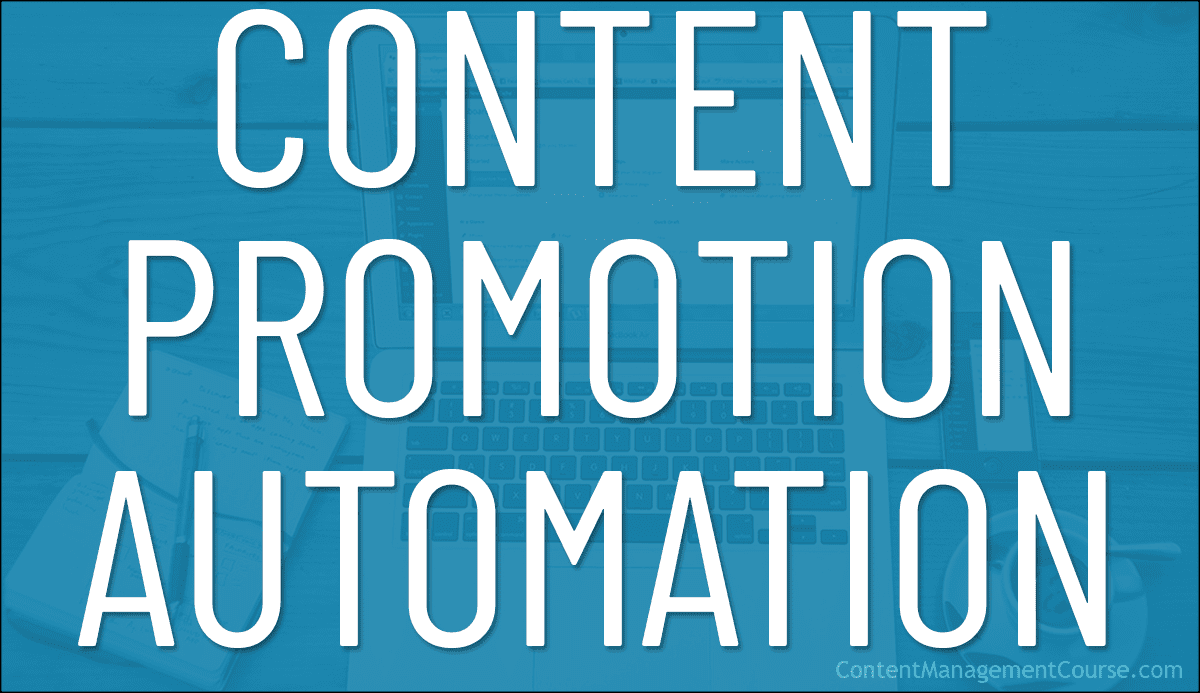

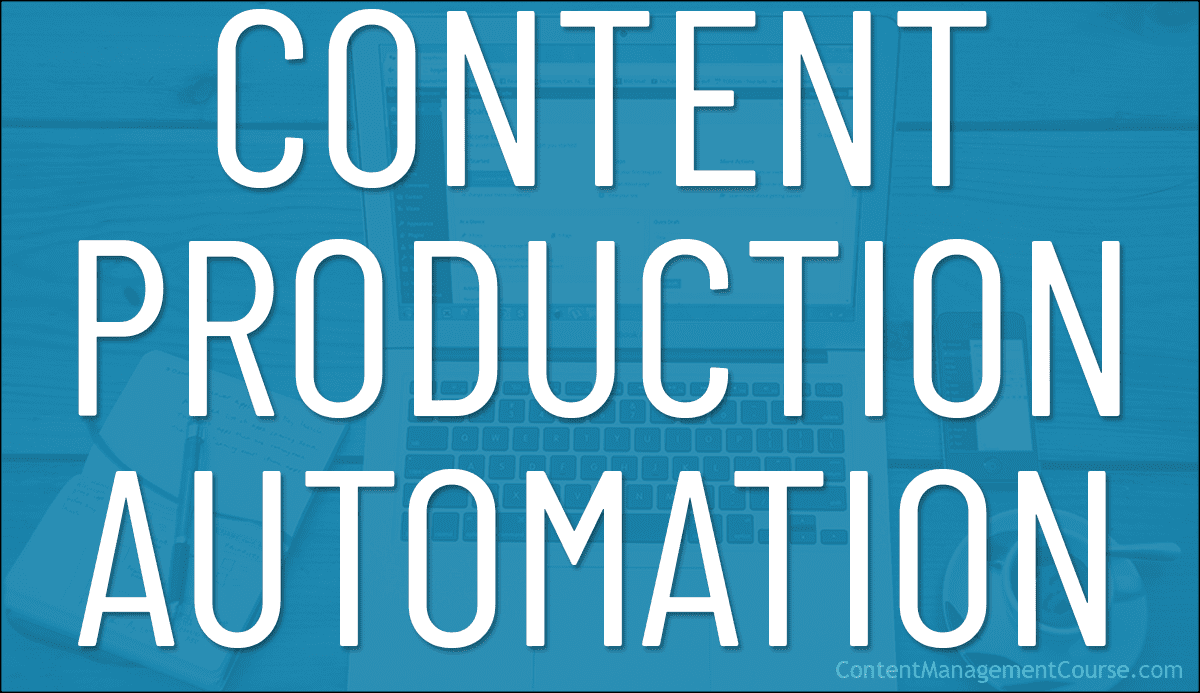

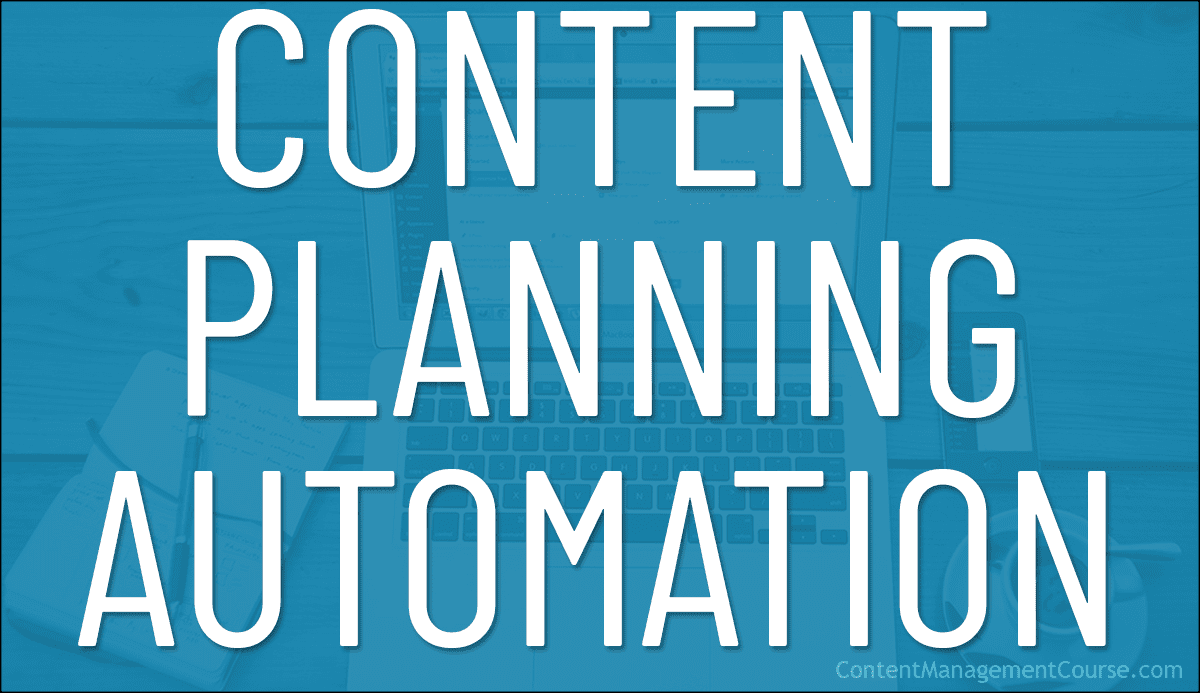
 Content planning
Content planning